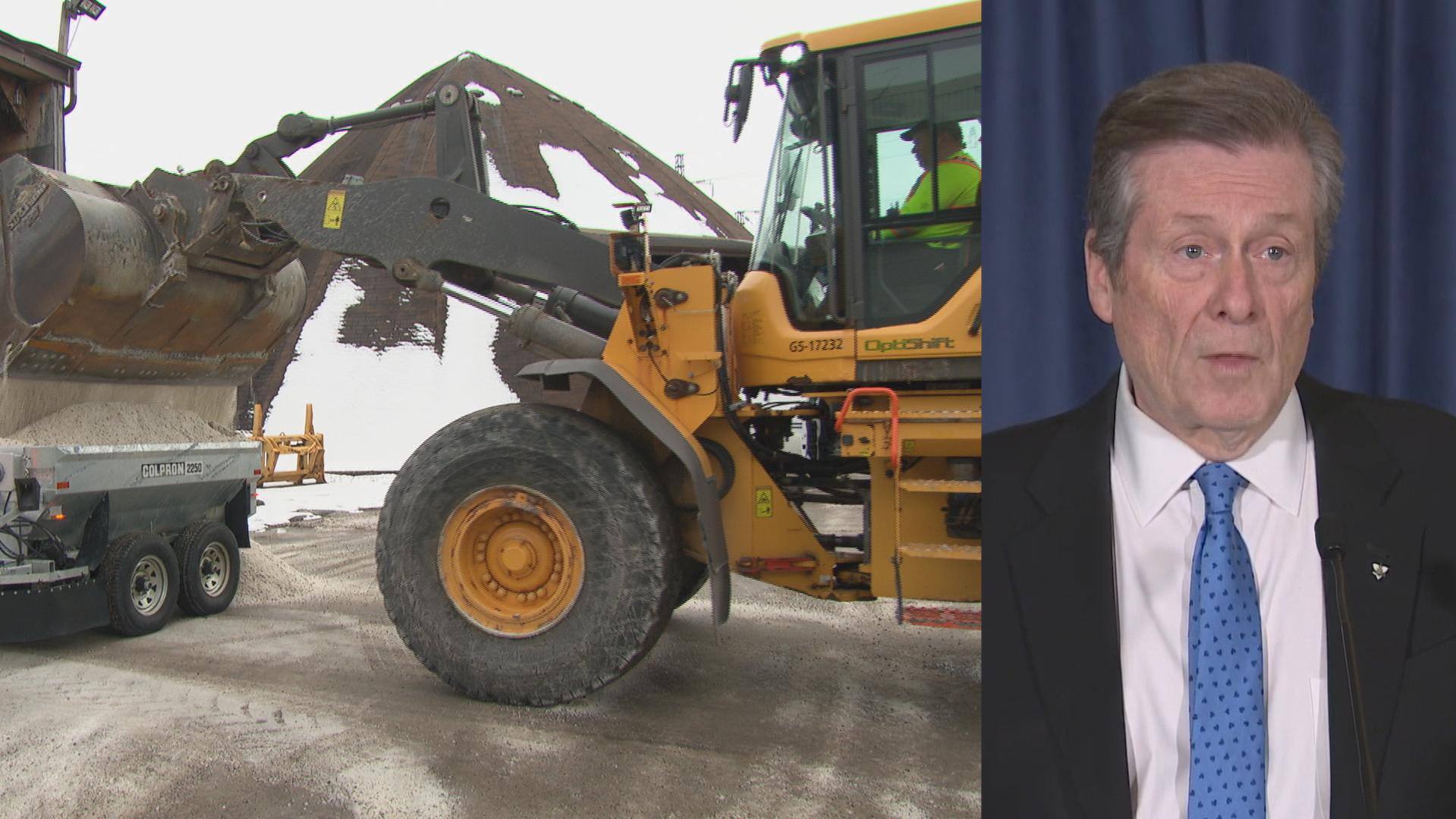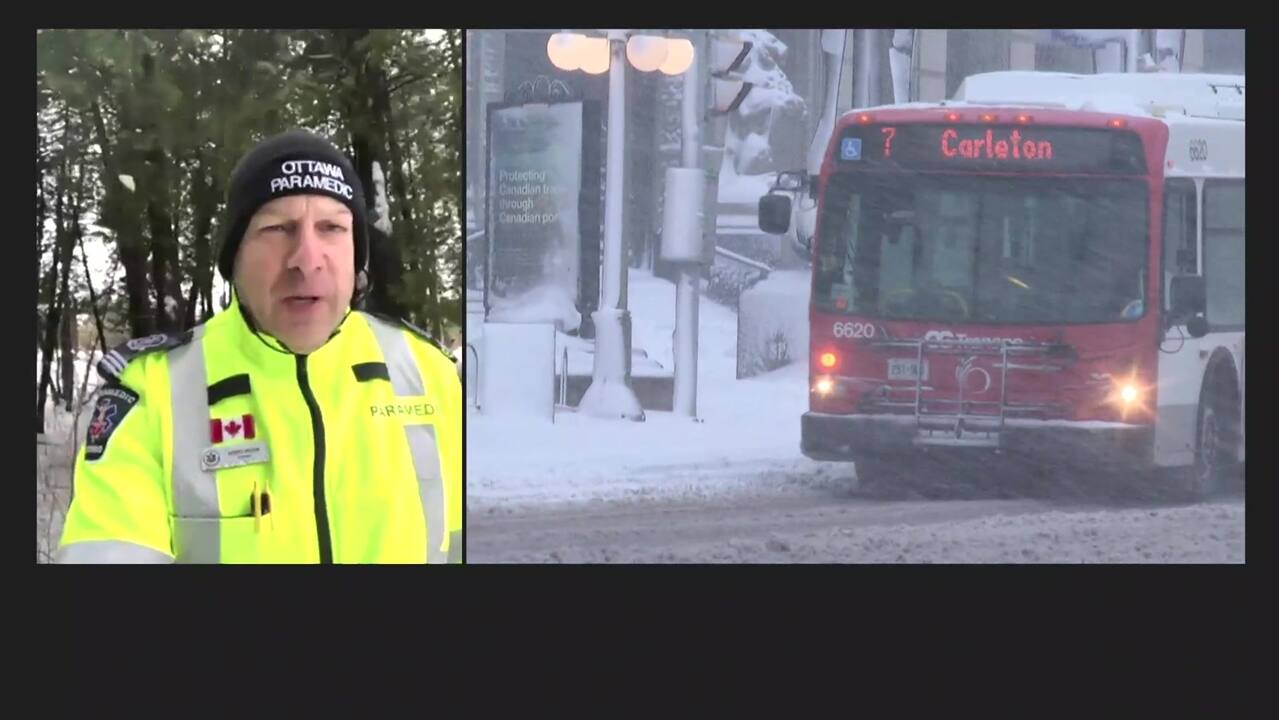It may not be a happy holiday for many Canadians who had planned to travel to spend time with family and friends this weekend. Two weather systems are hitting major population areas of the country on the eve of Christmas Eve and the sixth night of Hanukkah, making travel conditions treacherous.
In the east-central part of the country, Ontario and Quebec are being hit with a major winter storm that will extend into the weekend — beginning with rain and high winds before turning into heavy snow and blizzard conditions.
On the West Coast, a storm is bringing ice pellets, freezing rain and heavy snow to British Columbia’s Lower Mainland and Vancouver Island, followed by a heavy rain system moving in on Saturday.
Officials are warning drivers to stay off the road unless absolutely necessary.
Depending on what part of the country you live in and the weather itself, roads may or may not be coated with salt to reduce snow and ice accumulation, as well as lower the risk of vehicles hitting slippery spots.
Even if you’re not on the road, home and property owners/occupants in many places are responsible for salting driveways or sidewalks.
Salt is an important tool to ensure the safety of drivers and pedestrians throughout winter, but how it’s used and how much of it is used depends on different factors.
High winds kicked up swirling snow Friday as a winter storm rolled through southwestern Ontario. CBC reporter Colin Butler offered a glimpse from downtown London.
What is road salt and how is it used?
Common road salt — also known as rock salt or deicing salt — is halite, which is sodium chloride in its naturally mined mineral form, though it sometimes includes additives to prevent caking.
(If you’re wondering how it’s different from the salt you sprinkle on your food, it’s the same mineral, but table salt is purified for consumption.)
Salt on its own does not melt ice, but it changes the freezing point of water. According to the American Chemistry Council, there needs to be a small amount of precipitation on the ground for it to work effectively, which is why it’s important to dispense it ahead of wintry conditions.

The salt and water mix to create a brine that not only stops ice from forming but helps prevent snow from accumulating. It may also be applied as a brine ahead of poor conditions to prepare roads, bridges and sidewalks.
Road salt can also be used to deice (breaking up ice that has already formed) roads by spreading “pre-wet” granules that have been sprayed with brine.
Salt sprinkled on top of icy surfaces, such as sidewalks, adds a bit of traction, but it still needs some amount of water to actually melt the ice on the concrete.
When is salting not effective?
Salt is less effective once the actual temperature (not including wind chill) drops below –10 C; if the actual temperature is below –21 C, it’s too cold for salt to do its job at all because it can’t mix with water.
But if it’s warm enough to rain heavily, there’s also no point in salting.
The storm hitting the Greater Toronto Area is a multi-day event that started Thursday night with heavy rainfall. That means the City of Toronto was unable to begin road preparations in advance of snow and flash-freeze conditions.
“It is much less effective, bordering on completely ineffective, to salt while we are experiencing heavy rain, as was the case overnight,” Toronto Mayor John Tory said at a Friday morning news conference.
“The brine that is normally pre-treating the roads would be a waste of money and a waste of time because it would have just washed away overnight.”
Applying liquid brine in advance of salting is important for a few reasons, explained Vincent Sferrazza, Toronto’s director of operations and maintenance.
“When the salt is applied, [the brine] keeps it from bouncing off or rolling off, or it minimizes it,” he said. “It also prevents or reduces the amount of snow accumulation happening sooner.
“Unfortunately, those characteristics or benefits aren’t available to us right now,” Sferrazza said Friday morning.
In advance of a major winter storm expected to hit Toronto, city officials, including Mayor John Tory, outline protocols around salting and brining of roads.
How much salt is too much?
The saying too much of a good thing is very true when it comes to road salt.
According to Environment and Climate Change Canada, about 500 million tonnes of road salt is used in this country annually.
There is an environmental impact to how much salt we use in winter. Eventually, all of that sodium chloride gets into our sewers, either by meltwater or rain, and then into our waterways — where it can harm freshwater plants and wildlife.
“It only takes one teaspoon of road salt to permanently pollute about five gallons (about 19 litres) of water,” the City of Vancouver states on its website.
Measurements in the Toronto area have found freshwater chloride levels of 18,000 to 20,000 mg/L (sea water has about 19,250 mg/L) — far higher than the Canadian Water Quality guideline of 120 mg/L for the protection of wildlife.
Some jurisdictions have experimented with alternatives, such as beet brine, to reduce the amount of salt used on roads and its negative effects.
And while municipalities have equipment to evenly measure and disperse road salt, that’s not generally the case for home and property owners sprinkling salt, sometimes excessively, by hand.
The Illinois-based Salt Smart Collaborative suggests that the equivalent of a coffee mug (340 ml or 12 ounces) of salt is enough for a six-metre-long driveway or 10 sidewalk squares. It should be evenly scattered only where needed and not just tossed all at once and clumped together.
Ontario Paramedic Association president Darryl Wilton urges the public to avoid creating ‘unnecessary emergencies’ during the storm, and to adjust their holiday travel plans to stay home.








More Stories
Fair share: the right office solution can take finding the right partner
Ontario faces crew shortages, aircraft issues in fight against wildfires | Globalnews.ca
Refugee attends open house at Downtown Eastside affordable housing facility – BC | Globalnews.ca